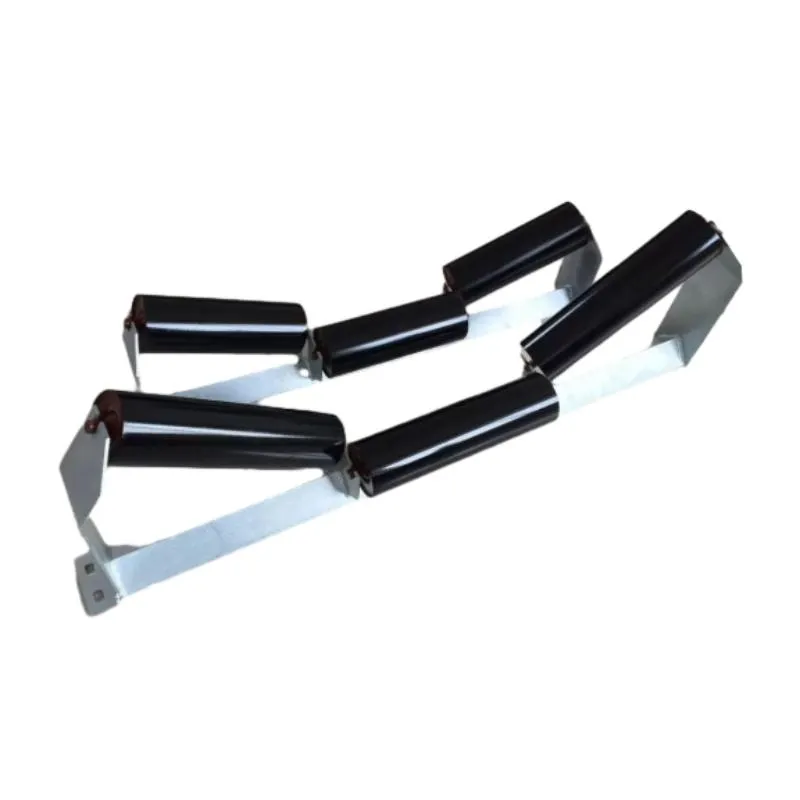 Afrikaans
Afrikaans  Albanian
Albanian  Amharic
Amharic  Arabic
Arabic  Armenian
Armenian  Azerbaijani
Azerbaijani  Basque
Basque  Belarusian
Belarusian  Bengali
Bengali  Bosnian
Bosnian  Bulgarian
Bulgarian  Catalan
Catalan  Cebuano
Cebuano  Corsican
Corsican  Croatian
Croatian  Czech
Czech  Danish
Danish  Dutch
Dutch  English
English  Esperanto
Esperanto  Estonian
Estonian  Finnish
Finnish  French
French  Frisian
Frisian  Galician
Galician  Georgian
Georgian  German
German  Greek
Greek  Gujarati
Gujarati  Haitian Creole
Haitian Creole  hausa
hausa  hawaiian
hawaiian  Hebrew
Hebrew  Hindi
Hindi  Miao
Miao  Hungarian
Hungarian  Icelandic
Icelandic  igbo
igbo  Indonesian
Indonesian  irish
irish  Italian
Italian  Japanese
Japanese  Javanese
Javanese  Kannada
Kannada  kazakh
kazakh  Khmer
Khmer  Rwandese
Rwandese  Korean
Korean  Kurdish
Kurdish  Kyrgyz
Kyrgyz  Lao
Lao  Latin
Latin  Latvian
Latvian  Lithuanian
Lithuanian  Luxembourgish
Luxembourgish  Macedonian
Macedonian  Malgashi
Malgashi  Malay
Malay  Malayalam
Malayalam  Maltese
Maltese  Maori
Maori  Marathi
Marathi  Mongolian
Mongolian  Myanmar
Myanmar  Nepali
Nepali  Norwegian
Norwegian  Norwegian
Norwegian  Occitan
Occitan  Pashto
Pashto  Persian
Persian  Polish
Polish  Portuguese
Portuguese  Punjabi
Punjabi  Romanian
Romanian  Russian
Russian  Samoan
Samoan  Scottish Gaelic
Scottish Gaelic  Serbian
Serbian  Sesotho
Sesotho  Shona
Shona  Sindhi
Sindhi  Sinhala
Sinhala  Slovak
Slovak  Slovenian
Slovenian  Somali
Somali  Spanish
Spanish  Sundanese
Sundanese  Swahili
Swahili  Swedish
Swedish  Tagalog
Tagalog  Tajik
Tajik  Tamil
Tamil  Tatar
Tatar  Telugu
Telugu  Thai
Thai  Turkish
Turkish  Turkmen
Turkmen  Ukrainian
Ukrainian  Urdu
Urdu  Uighur
Uighur  Uzbek
Uzbek  Vietnamese
Vietnamese  Welsh
Welsh  Bantu
Bantu  Yiddish
Yiddish  Yoruba
Yoruba  Zulu
Zulu types of conveyor belt rollers
Types of Conveyor Belt Rollers
Conveyor belt systems are integral to modern logistics, manufacturing, and transportation industries. They facilitate the movement of goods, improving efficiency and safety. At the heart of these systems are conveyor belt rollers, which play a critical role in determining the performance, durability, and functionality of the entire conveyor system. Understanding the various types of conveyor belt rollers can help businesses make informed decisions when designing or upgrading their conveyor systems.
1. Idler Rollers
Idler rollers are essential components in a conveyor belt system. They serve as support for the belt while it carries materials. Idler rollers can be categorized into several types based on their design and position. The most common are
- Flat Idler Rollers These are smooth and used primarily in horizontal surfaces. They help reduce friction and support the conveyor belt evenly. - Troughing Idler Rollers Designed to hold the conveyor belt in a cup-like shape, troughing idlers are used when carrying bulky materials. They stabilize the load and provide better containment, preventing spillage.
- Impact Idler Rollers Located at loading areas, these rollers absorb the shock generated by materials being loaded onto the belt. They minimize wear and tear on the belt, extending its lifespan.
2. Drive Rollers
Drive rollers are pivotal in propelling the conveyor belt forward. They are connected to a motor, making them the driving force behind the system. Key characteristics include
- Lagged Drive Rollers These roller types have a rubber or polyurethane coating that enhances grip on the conveyor belt, offering better traction
. They are essential in heavy-duty applications where the weight of the load can cause slippage.- Friction Drive Rollers Instead of lagging, these rollers rely on friction to transfer power directly to the belt. They are typically used in lighter-duty applications, where the materials being transported are not overly heavy.
3. Return Rollers
types of conveyor belt rollers

Return rollers are responsible for supporting the conveyor belt on its return leg. They are crucial in maintaining the belt’s alignment and preventing sagging. Various types of return rollers include
- Flat Return Rollers Similar to flat idlers, these provide support and maintain the belt’s tension along its return path.
- Rubber Coated Return Rollers These rollers are coated with a layer of rubber to minimize wear and noise. They also help in reducing friction against the belt surface, thereby enhancing efficiency.
4. Specialized Rollers
In addition to the standard roll types, there are specialized rollers designed for specific functions
- Guide Rollers These assist in keeping the belt aligned, especially in directional changes. They are essential in complex conveyor systems where precise movement is needed.
- Cleaning Rollers These are equipped with brushes or scraping devices to remove debris, dust, and other materials from the belt. Keeping the belt clean is vital for optimal performance and extends its operational life.
5. Selecting the Right Roller
Choosing the appropriate type of conveyor belt roller depends on various factors, including the weight and type of materials being transported, the operational environment, and the desired system efficiency. Understanding the characteristics and functions of each roller type will empower businesses to tailor their conveyor systems to meet their specific needs.
In conclusion, conveyor belt rollers are critical components that significantly influence the efficiency and longevity of conveyor systems. From idler rollers supporting the load to drive rollers propelling the belt and specialized rollers enhancing functionality, each type serves a unique purpose. By carefully selecting the right roller types for their specific application, companies can optimize their operational workflows, reduce downtime, and enhance productivity.
-
Revolutionizing Conveyor Reliability with Advanced Rubber Lagging PulleysNewsJul.22,2025
-
Powering Precision and Durability with Expert Manufacturers of Conveyor ComponentsNewsJul.22,2025
-
Optimizing Conveyor Systems with Advanced Conveyor AccessoriesNewsJul.22,2025
-
Maximize Conveyor Efficiency with Quality Conveyor Idler PulleysNewsJul.22,2025
-
Future-Proof Your Conveyor System with High-Performance Polyurethane RollerNewsJul.22,2025
-
Driving Efficiency Forward with Quality Idlers and RollersNewsJul.22,2025





























